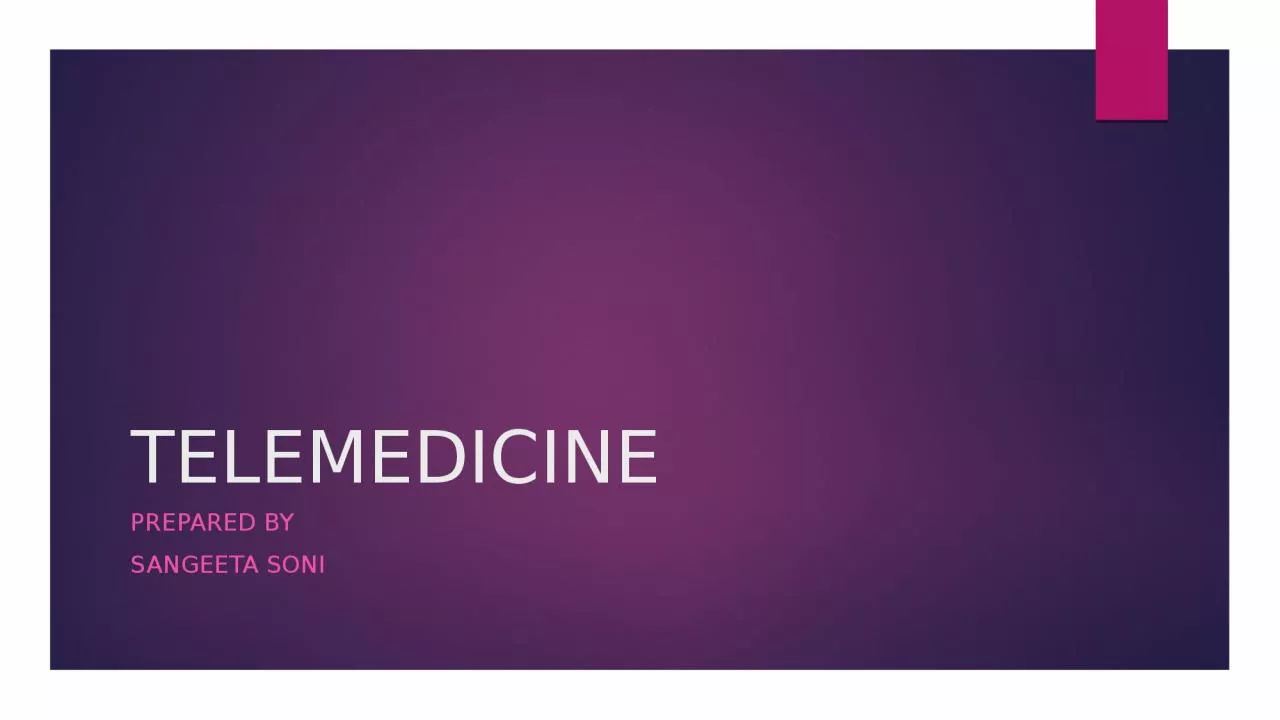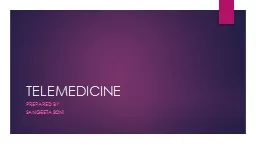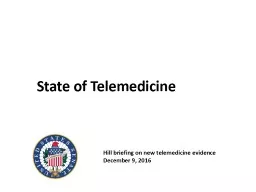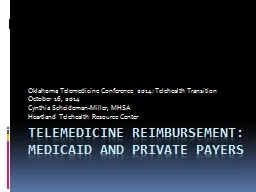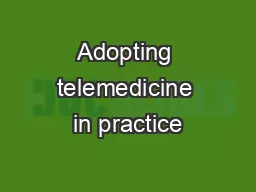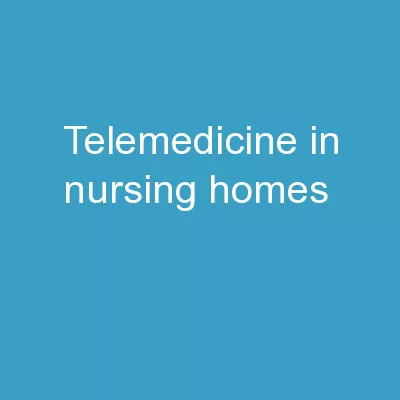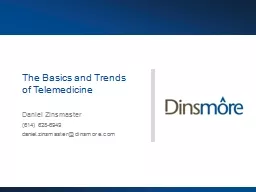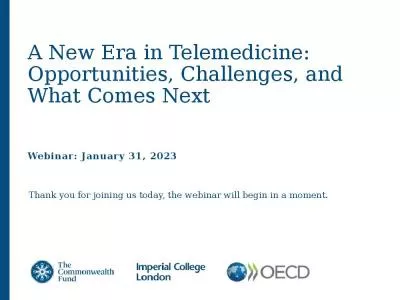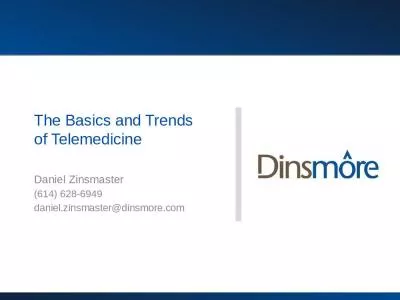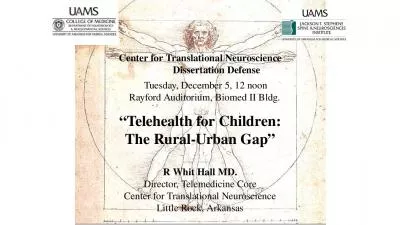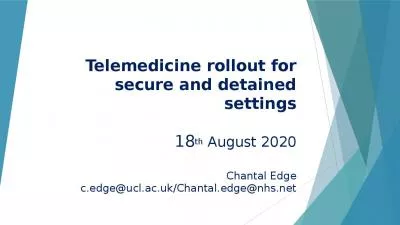PPT-TELEMEDICINE Prepared by
Author : holly | Published Date : 2024-02-09
Sangeeta Soni TELEMEDICINE PROVIDES HEALTHCARE WHERE THERE IS NONE AND IMPROVES THE HEALTH CARE WHERE THERE IS SOME Telemedicine Means distance healing Derived
Presentation Embed Code
Download Presentation
Download Presentation The PPT/PDF document "TELEMEDICINE Prepared by" is the property of its rightful owner. Permission is granted to download and print the materials on this website for personal, non-commercial use only, and to display it on your personal computer provided you do not modify the materials and that you retain all copyright notices contained in the materials. By downloading content from our website, you accept the terms of this agreement.
TELEMEDICINE Prepared by: Transcript
Download Rules Of Document
"TELEMEDICINE Prepared by"The content belongs to its owner. You may download and print it for personal use, without modification, and keep all copyright notices. By downloading, you agree to these terms.
Related Documents

